
7 min read
What is Wellness Design?
How to apply the principles of Wellness Design to the Healthy Home.
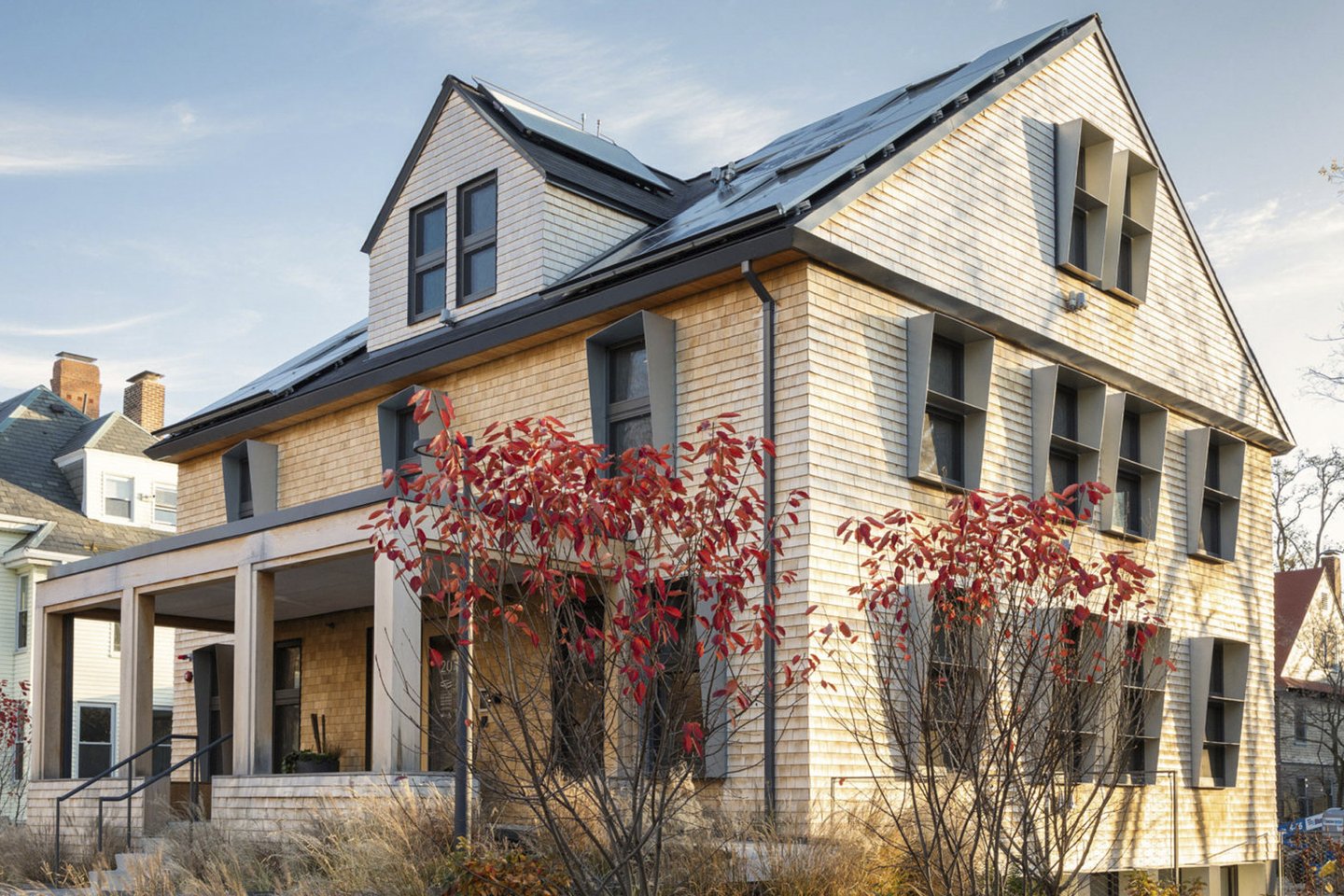
4 min read
With the world's hottest day recorded on 21st July, WLLW explores how we can safeguard our homes against climate extremes.
Resilience in construction is becoming more important than ever before. This concept refers to the ability of buildings and infrastructure to withstand, adapt to and recover from adverse events like natural disasters and climate change impact. This involves using durable materials, innovative design and sustainable construction practices to create structures that remain functional and safe under various stress conditions.
As we discussed in our exploration of 2024 design predictions, as extreme weather events become more frequent, architects are embracing resilient design principles at an accelerating rate. This approach is characterized by the Resilient Design Institute (RDI) as a strategic response to both natural and human-induced disasters, as well as climate-related phenomena such as rising sea levels, heatwaves and droughts. It entails employing passive design techniques and cutting-edge energy solutions to fortify buildings, residences and entire communities. However, what does resilience actually mean in practice?

For homes, resilience means enhanced durability and safety during extreme weather events, such as hurricanes, floods and heatwaves. This ensures that homes provide secure shelter and minimize damage and injury risks. In infrastructure, resilience extends the lifespan of roads, bridges and utilities, ensuring they remain operational during and after disasters, thus maintaining essential services and reducing long-term maintenance costs.
At a community level, resilient construction protects economic assets, fosters social stability and promotes environmental health by incorporating sustainable methods. As climate patterns shift, the unpredictability and severity of weather events intensify, posing significant risks like flooding, storms and wildfires. A recent study has found that in the western USA and Canada, 2023 marked an 11-fold increase in extreme wildfire events. Resilient construction mitigates these risks by minimizing damage, enhancing recovery and supporting long-term adaptation strategies. Resilient construction is more critical than ever due to the increasing frequency and severity of climate-related events. With the planet experiencing more extreme weather the need for buildings and infrastructure that can endure and recover from environmental challenges is paramount.
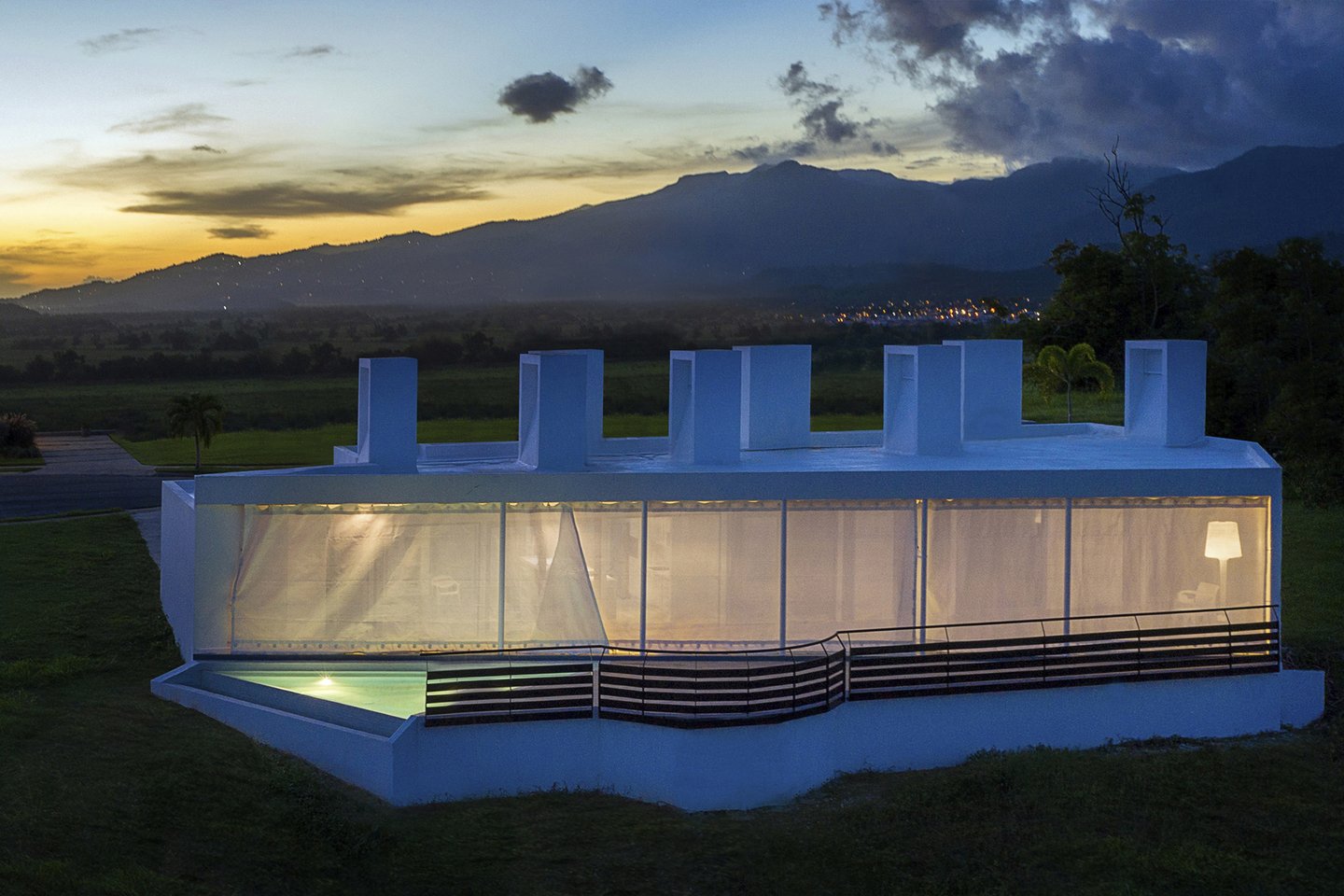
Prior to embarking on resilience preparations, it's crucial for individuals to evaluate the unique risks associated with their geographical area. Online climate risk rating tools can offer address-specific insights to identify potential threats such as flooding, severe weather occurrences or the encroachment of rising sea levels. Take, for example, climate scientist Harold Wanless’s sobering projection that a significant portion of Miami could be underwater within the next three decades – an alarming indication of the pressing need to be prepared.
"Research shows that the proportion of people across the globe living in flood-prone areas has risen by 20 percent since 2000."
Armed with an understanding of local risks, we can begin crafting a resilience plan tailored to individual circumstances. While the specifics of these plans vary depending on geography and risk factors, the overarching goal remains consistent: to mitigate the impact of potential disasters and enhance preparedness. From planting drought-resistant vegetation in areas prone to water scarcity to investing in efficient heating and cooling systems in regions susceptible to extreme temperatures, the possibilities for proactive measures are vast and varied. So what are some of the risks we may face and what can we do?
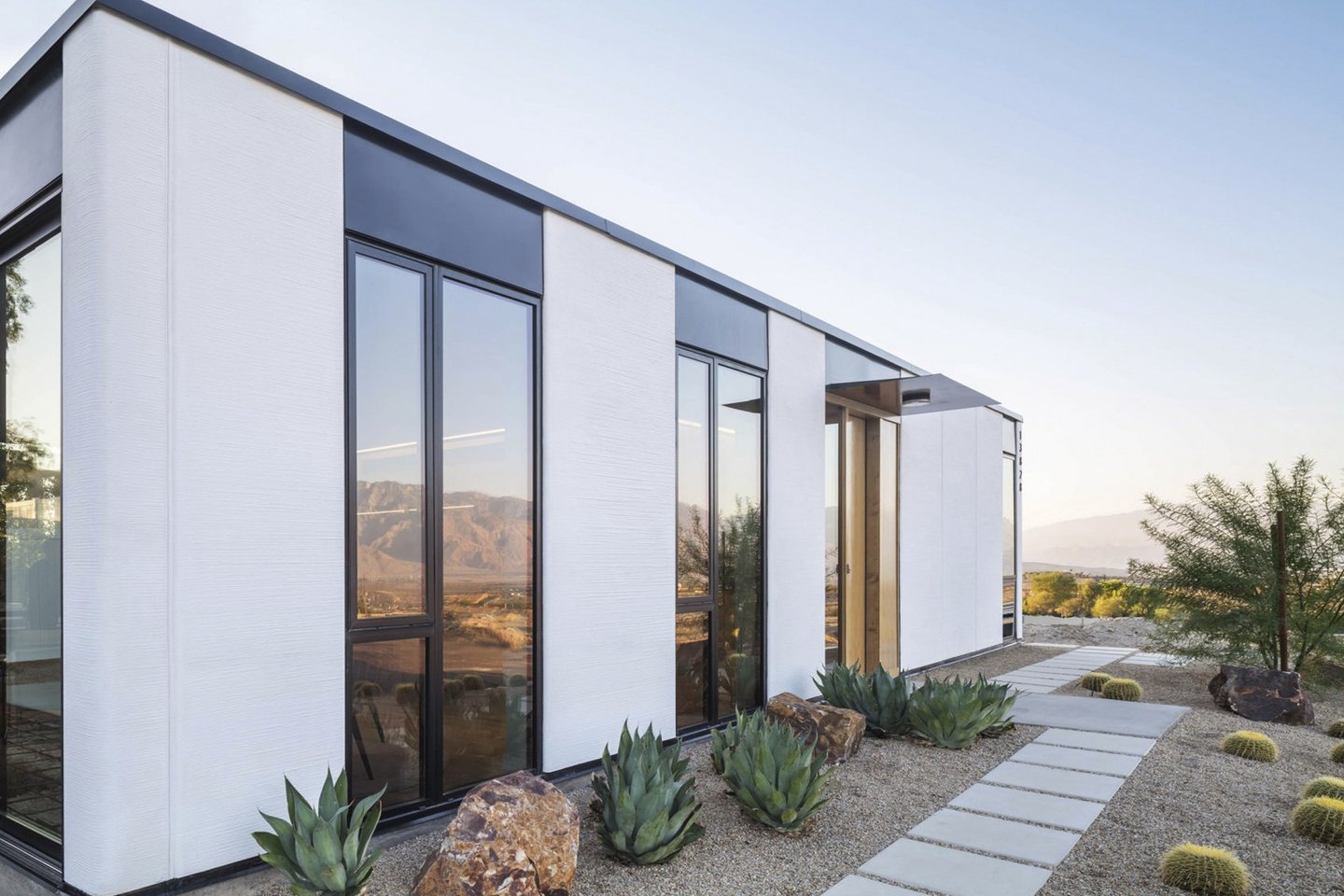
Instances of drought are projected to substantially increase across the USA throughout the 21st century while the threat of severe storms is increasing with baseline temperature rises. In regions vulnerable to both drought and severe storms, adopting strategies such as planting native drought-resistant vegetation and utilizing efficient greywater storage systems can play a crucial role in conserving soil moisture and managing stormwater runoff.
Every degree Fahrenheit rise in temperature is accompanied by an additional 4 percent water vapor in the air, making heavy downpours and flash floods more common, which is even more problematic considering research shows that the proportion of people across the globe living in flood-prone areas has risen by 20 percent since 2000. Addressing the risk of flooding requires homeowners to prioritize effective water drainage around their property's foundation. Measures such as sealing foundations, repairing cracks and ensuring proper ground slope to facilitate water runoff are essential for minimizing water infiltration and potential structural damage.
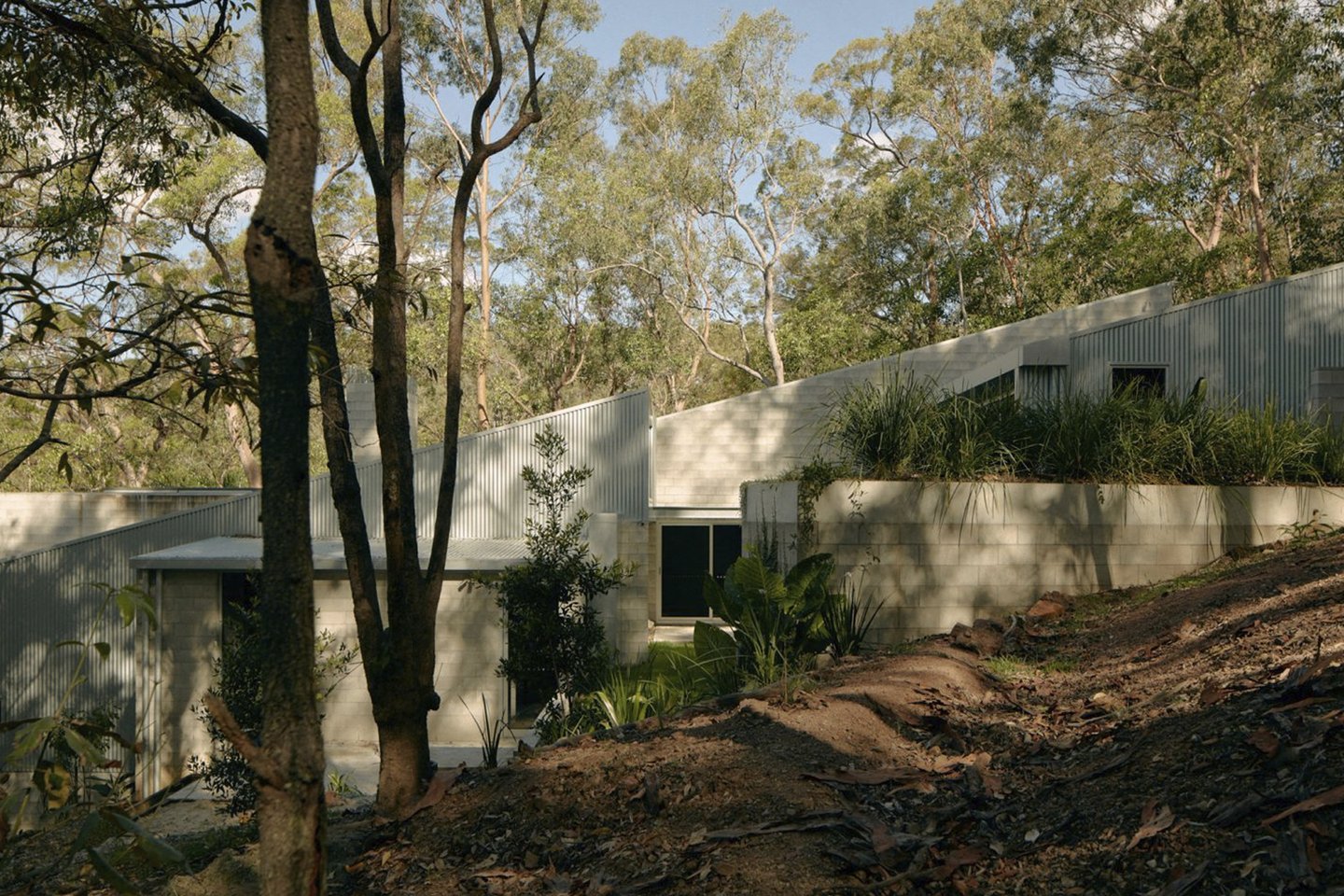
With the advent of climate change rising temperatures have become increasingly normal, with the USA warming more quickly than the global rate. In areas prone to extreme temperatures, investing in energy-efficient heating and cooling systems is essential for maintaining comfort while reducing carbon emissions. Additionally, thoughtful landscaping choices can create protective buffer zones to mitigate the impact of wildfires.
The increasing size and severity of hailstorms pose a significant threat not only to residential properties but also to critical infrastructure like solar power farms, particularly in the Midwest. Insurers are growing increasingly concerned about the potential damage to these resources, underscoring the interconnectedness of infrastructure and the broader implications for community resilience.
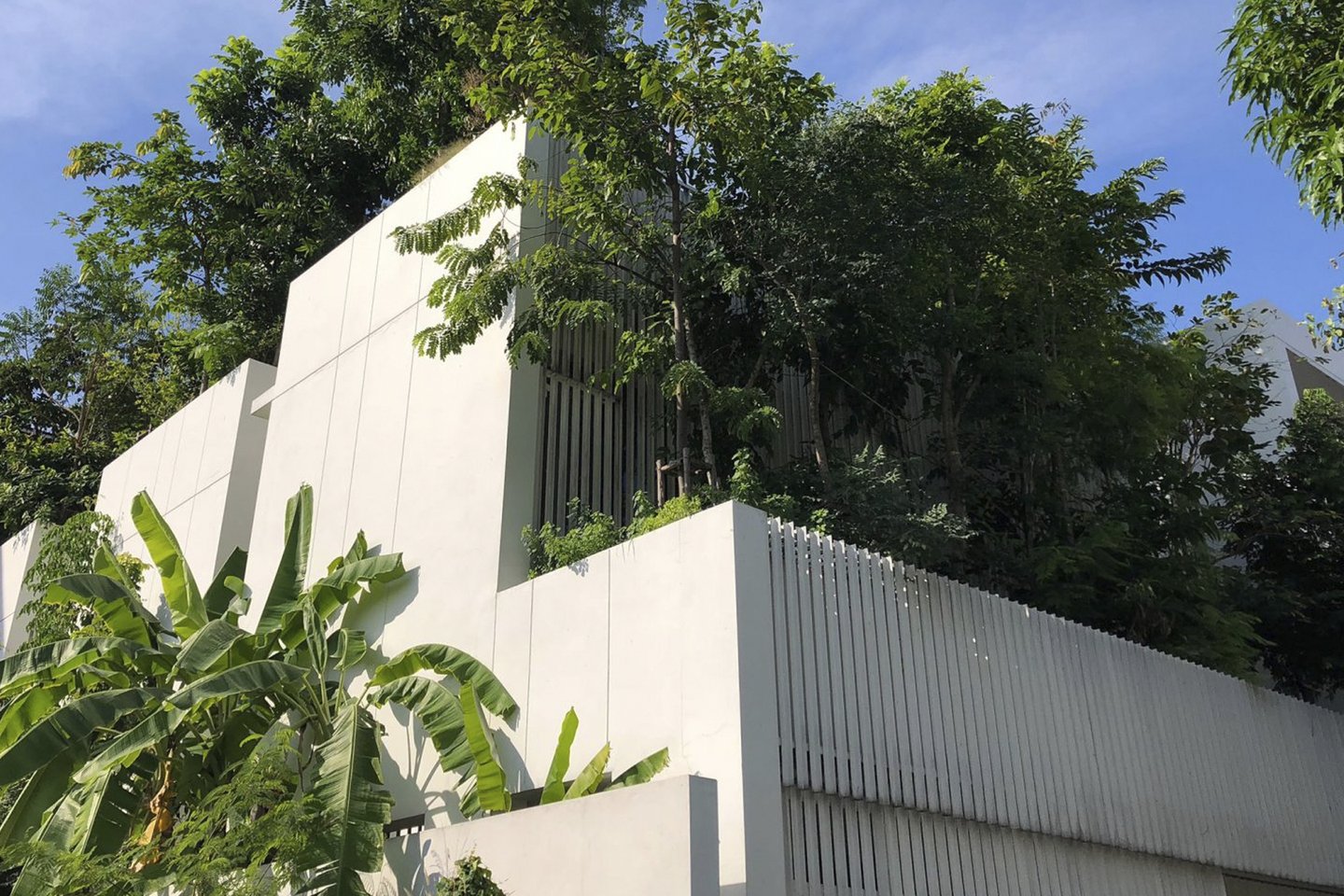
As climate-related risks escalate, proactive measures to enhance resilience become increasingly important. By understanding local hazards, developing tailored resilience plans and implementing targeted strategies to address specific risks, people and communities can better withstand the challenges posed by a changing climate. It's not just about protecting our homes – it's about safeguarding the entire infrastructure that sustains our way of life.


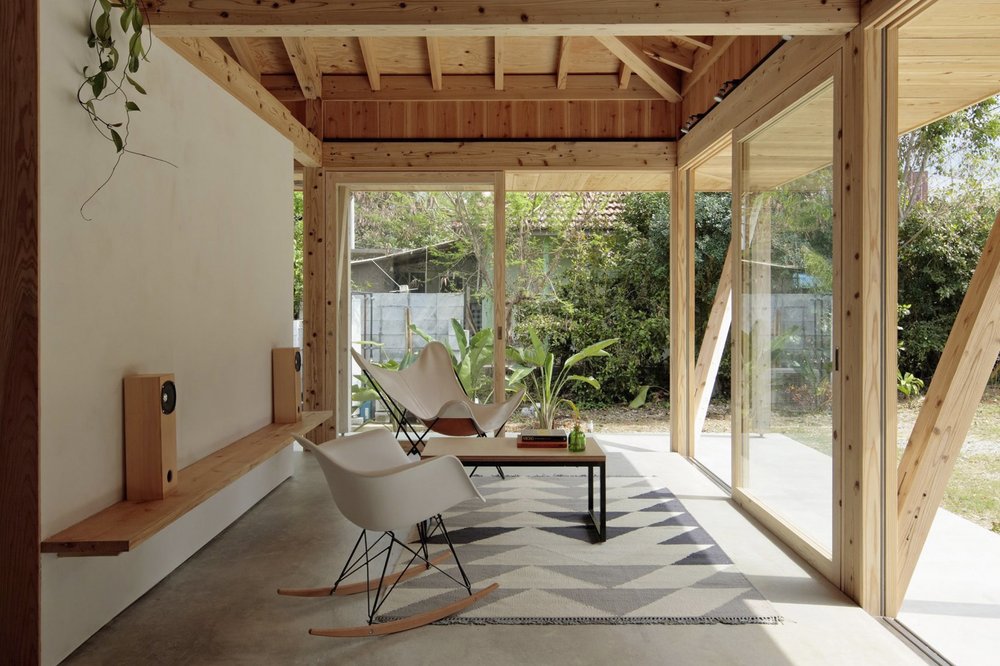
Photography: Michael Grimm, Casey Dunn, Jaime Navarro, HANA Agency, Tom Ross, Prapan Napawongdee, Koichi Torimura

7 min read
How to apply the principles of Wellness Design to the Healthy Home.

4 min read
Discover how the Living Places experimental prototypes led to housing that prioritizes wellbeing, community and sustainability.